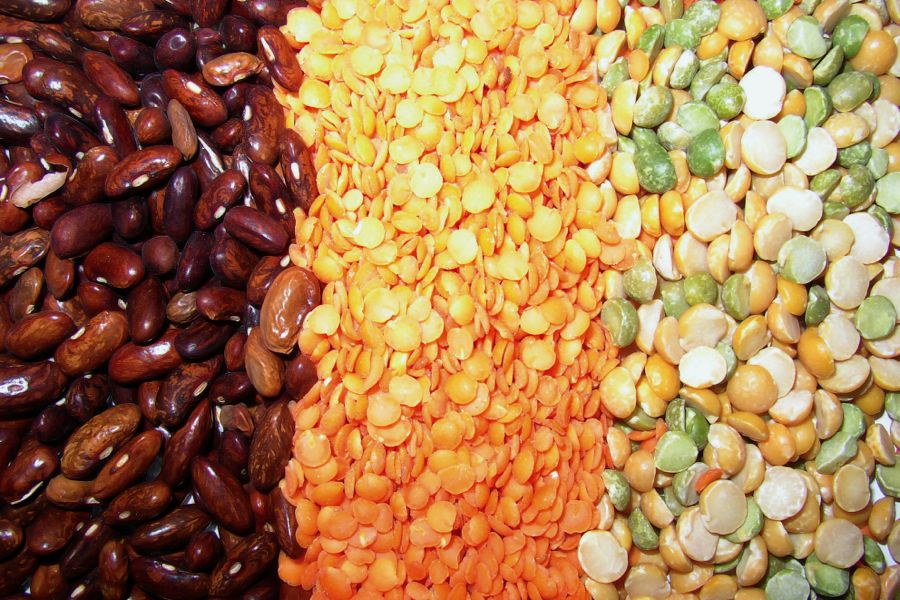MarketsFarm – Seeding continues to advance in Manitoba, but recent rains have also hindered progress and emergent crops are being threatened by weeds and insects.
Plantings in the province are 91 per cent complete as of June 21, four points higher than the previous week according to Manitoba’s weekly crop report. Typically, the third week of June is when seeding is finished across the province.
Severe thunderstorms brought heavy rainfall in parts of the Southwest, Northwest and Interlake regions, pausing seeding operations once again. As of June 20, there were 880,000 acres left unseeded, mostly in the northwestern Interlake, adjacent to the Red River, and along Lake Manitoba near the communities of Austin, Gladstone and Portage la Prairie. The rains and warm soil have also resulted in nitrogen fertilizer losses through leaching or denitrification, but falling nitrogen prices may encourage in-crop top-dressing.
Read Also

Pulse Weekly: AAFC forecast stands pat
There were no changes to the pulse numbers for 2025/26 in the October supply and demand report from Agriculture and Agri-Food Canada on Oct. 17. So far it has translated into Western Canadian pulse prices holding steady.
Spring cereal seeding is nearly complete in all regions and the earliest seeded crops are in the four- to five-leaf stage. Barley crops are in the one- to two-leaf stage and oats are in the two- to five-leaf stage. Herbicides have begun to be applied to cereal crops in order to prevent the growth of fusarium blight and weeds such as kochia and foxtail. Grasshopper nymph damage has been seen in many crops in the Southwest, Central and Interlake regions.
Canola staging ranges from cotyledon to six-leaf with foliar application being made in all regions to stop the spread of flea beetles. Flooded and crusted over fields have either recovered with light rains or have been reseeded. At least 15 per cent of canola acres in the Central region have been replanted due to flea beetles or crusting. Flax stands between six to eight inches tall while sunflowers, despite some cutworm damage, are average or above-average in density, ranging from V1 to V4.
Soybean acres in Manitoba are expected to total 600,000 to 700,000, down from one million intended acres. Field pea acres are now expected to be between 140,000 to 160,000, down from the originally intended total of 200,000. Dry edible beans were supposed to total 120,000 to 130,000 acres, but are now expected to total 100,000 to 110,000 acres. All three crops are in good condition.
Alfalfa crops are now over 12 inches in height, while hayfields and pastures would benefit from drier weather. Cattle are doing less damage to pastures than expected, but foot rot treatments and high black fly populations have been seen in some pastures. Creeks, streams, dugouts and sloughs are full to overflowing.
— Adam Peleshaty reports for MarketsFarm from Stonewall, Man.
















